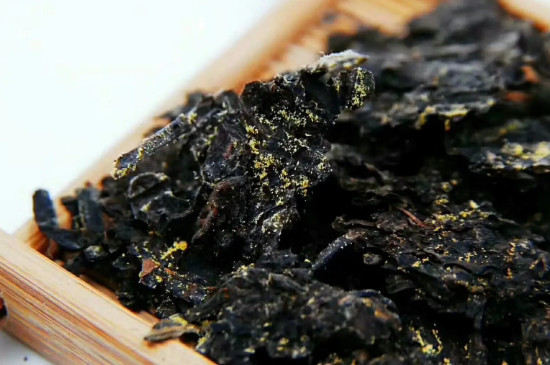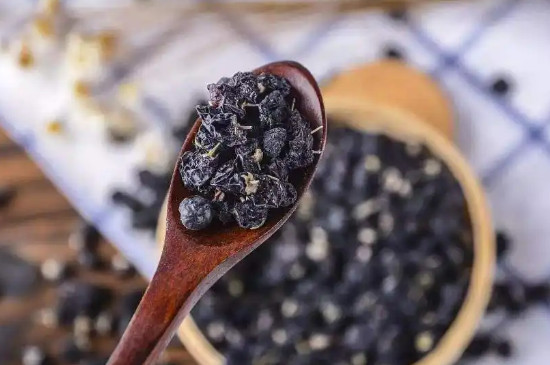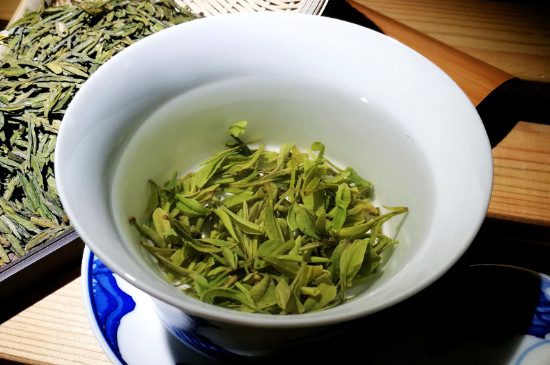Introduction

普洱茶英文怎么说
Pu-erh tea is a type of fermented tea that originates from the Yunnan province in China. It is known for its unique flavor and health benefits. In recent years, Pu-erh tea has gained popularity in the Western world due to its potential to aid in weight loss and improve digestion. In this article, we will explore the history, production process, health benefits, and cultural significance of Pu-erh tea.
1. History
Pu-erh tea has a long and rich history dating back to the Tang Dynasty (618-907 AD). It was originally produced in the town of Pu-erh in Yunnan province and was traded along the Tea Horse Road, a network of ancient trade routes that connected China to Tibet, India, and Southeast Asia.
During the Ming Dynasty (1368-1644 AD), Pu-erh tea became a tribute tea, and it was highly valued by the imperial court. In the Qing Dynasty (1644-1912 AD), Pu-erh tea became a popular commodity, and its production and trade expanded throughout China.
2. Production Process
Pu-erh tea is made from the leaves of the Camellia sinensis plant. The leaves are picked, withered, and then processed through one of two methods: raw or ripe.
Raw Pu-erh tea is made by steaming the leaves and then compressing them into cakes. The cakes are then aged for several years, during which time they undergo a natural fermentation process. The longer the tea is aged, the more complex its flavor becomes.
Ripe Pu-erh tea, on the other hand, is made by first piling the leaves in a warm, humid environment. This process, called wet piling, causes the leaves to ferment more quickly than raw Pu-erh tea. After the leaves have fermented, they are compressed into cakes and aged for several years.
3. Health Benefits
Pu-erh tea is known for its many health benefits. It contains antioxidants, which can help protect the body against free radicals and reduce the risk of chronic diseases such as cancer and heart disease. Pu-erh tea also contains polyphenols, which can help regulate blood sugar levels and aid in weight loss.
In addition, Pu-erh tea is believed to aid in digestion and improve gut health. It contains probiotics, which can help promote the growth of beneficial bacteria in the gut. Pu-erh tea is also thought to have anti-inflammatory properties, which can help reduce inflammation in the body.
4. Cultural Significance
Pu-erh tea has a rich cultural significance in China. It is often served during important events, such as weddings and business meetings. Pu-erh tea is also used in traditional Chinese medicine to treat a variety of ailments.
In addition, Pu-erh tea is often enjoyed as a social activity. It is common for friends and family to gather together and share a pot of Pu-erh tea. This tradition dates back to ancient times, when tea was used as a means of bringing people together and fostering community.
Conclusion
Pu-erh tea is a unique and flavorful tea with many health benefits. Its rich history and cultural significance make it a beloved beverage in China and around the world. Whether you are looking to improve your health or simply enjoy a delicious cup of tea, Pu-erh tea is definitely worth trying.












